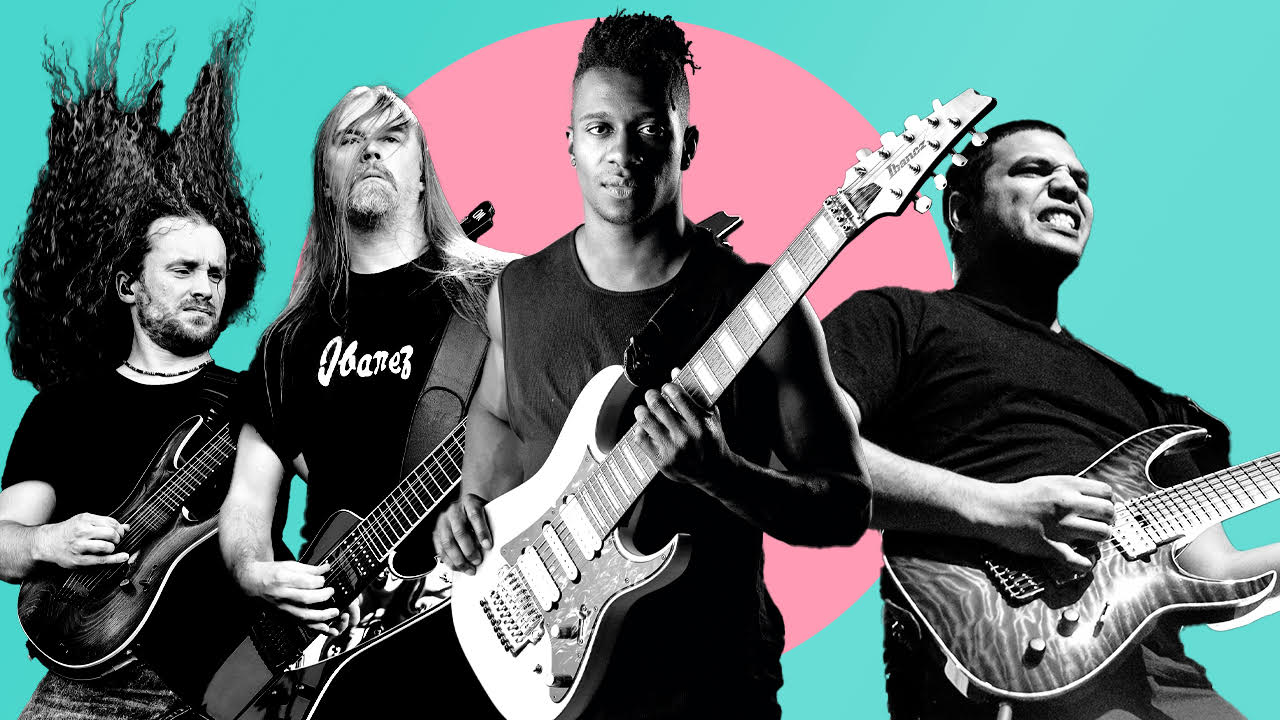Google ‘djent’ and you’ll be hit with over 2.5 million search results. On Instagram, #djent has been used well over one billion times.
So, with players pushing the boundaries of the style of guitar playing for nearly two decades, it’s safe to say that djent isn’t a passing fad. From its origins with metal titans Meshuggah to its influence on contemporary, world-conquering acts like Sleep Token and beyond, the style’s impact on the guitar has been monumental. So what exactly is djent? Where did it crawl out from, what makes something ‘djent’, who are its main players and what are the techniques driving one of modern metal’s most influential sub-genres? Here, with the help of some of the genre’s key players, we’ll reveal all.

Djent is an onomatopoeic term first coined by Meshuggah guitarist Fredrik Thordendal as a way to describe his . Rumour has it that a few alcoholic beverages had been consumed. “In particular, it describes the sound of a power chord with an extra fifth stacked on top,” Tesseract guitarist Acle Kahney explains.
“The extra fifth is the ‘-nt’ of the djent sound. It’s adding that metallic sound when played with a tight low-end.” Djent bands can be characterised by their watertight, high-gain guitar tones and often heavily , odd time signature riffs which snarl over 4/4 drum beats.
This particular approach creates weirdly grooving polymeters that make riffs both angular and accessible. Djent quickly evolved into a term to cate.
















